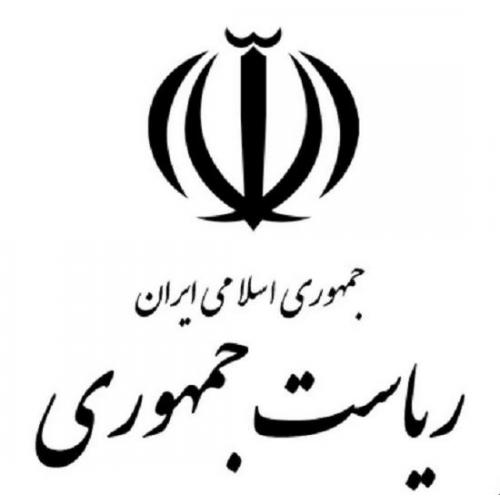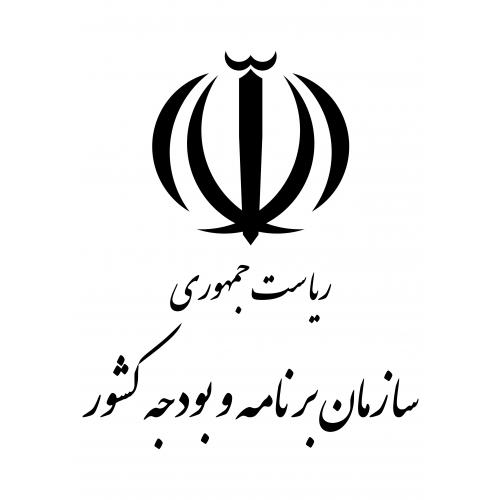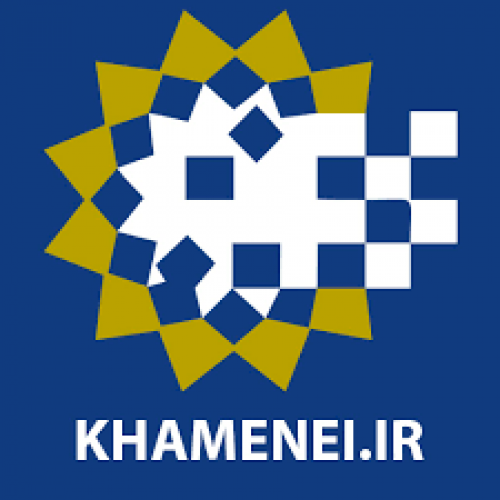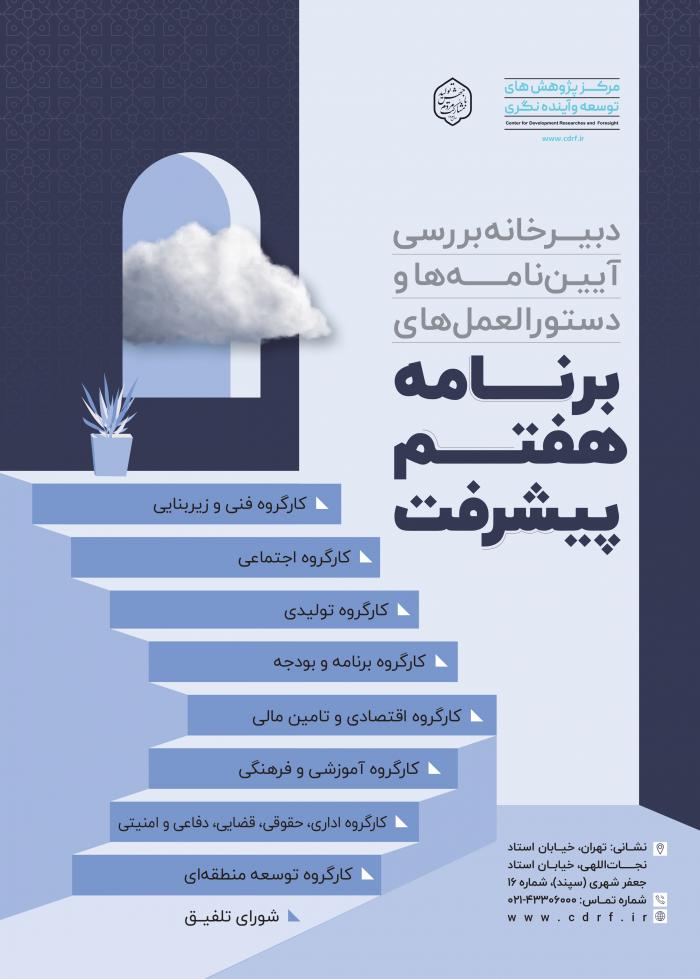
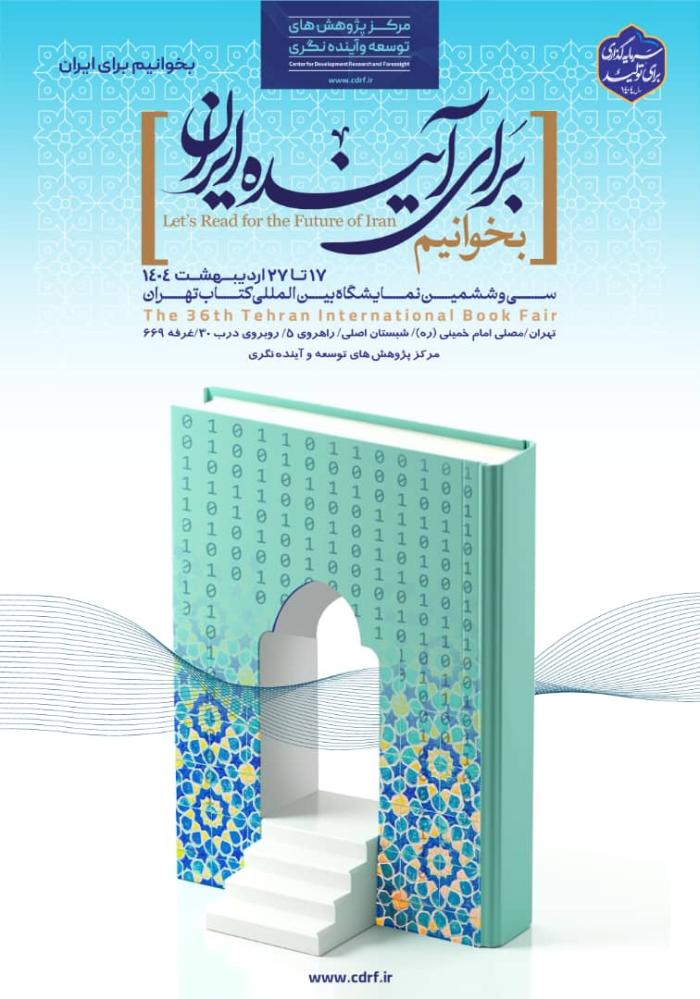
-
بررسی آییننامهها و دستورالعملهای برنامه هفتم پیشرفت
-
بررسی عوامل موثر بر افزایش تصادفات و تلفات جادهای و سوانح رانندگی و دادهکاوی تلفات انسانی
-
سازماندهی و بازآرایی فضایی آموزش عالی کشور
-
به روز رسانی سند ملی آمایش سرزمین
-
انجام مطالعات مناطق آزاد به عنوان نواحی پیشران اقتصادی کشور
-
اصلاح ساختار بودجه و پیاده سازی نظام یکپارچه مدیریت اطلاعات مالی دولت (IFMIS)
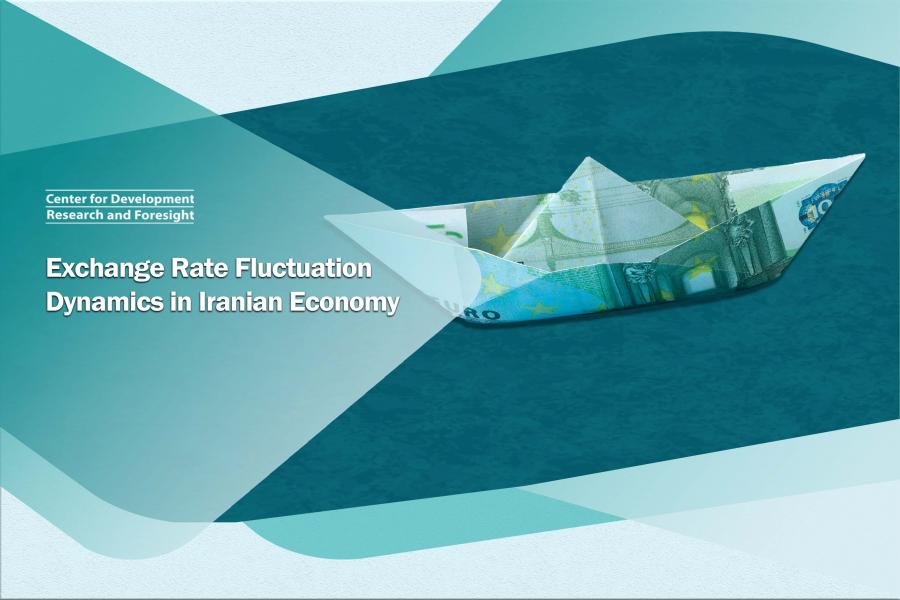
Iran's long-standing exchange rate volatility, marked by a persistent upward trend throughout the past century, has intensified in the latter half of the 20th century. These exchange rate shocks have primarily stemmed from various protectionist and regulatory policies implemented by successive Iranian governments. The prevalence of multiple exchange rates, attempts to suppress exchange rates through administrative measures, and the fixation of exchange rates have all contributed to these fluctuations. A notable turning point occurred in 2018 when the Iranian government introduced a preferential exchange rate of 4200 alongside the prevailing market rate, in response to the United States' withdrawal from the Joint Comprehensive Plan of Action (JCPOA) and the subsequent need to manage the foreign exchange market.
Recently, the Iranian government's decision to eliminate the preferential exchange rate for the importation of essential goods has triggered price increases, particularly for essential commodities. This policy shift has also led to a sharp spike in the exchange rate. This increase can be partly attributed to the inflationary expectations that have permeated the populace and economic actors. This policy paper aims to address three pivotal aspects: the underlying causes of the recent exchange rate surge, the policy missteps that should have been avoided, and the formulation of recommendations to mitigate the consequences and impacts of this exchange rate rise.
The exchange rate surge in Iran can be attributed to a confluence of factors, including the economic repercussions of sanctions, persistent budget deficits fueled by government borrowing from the central bank, and fragilities within the banking system, particularly among private banks, leading to excessive money creation. These structural vulnerabilities have compelled the Iranian government to resort to shock therapy policies, which, while serving as a means to address short-term crises, have often imposed significant and noticeable negative consequences on the Iranian economy.
It is crucial for the Iranian government to address the underlying causes of these shock therapy policies, as past policy interventions have failed to resolve Iran's fundamental economic challenges. In line with this understanding, the current government has embarked on a series of reformist measures, beginning with the abolition of the preferred exchange rate. This policy report, by critically examining the pre-reform policy landscape and identifying potential pitfalls, proposes solutions aimed at mitigating the economic costs associated with this reform.

